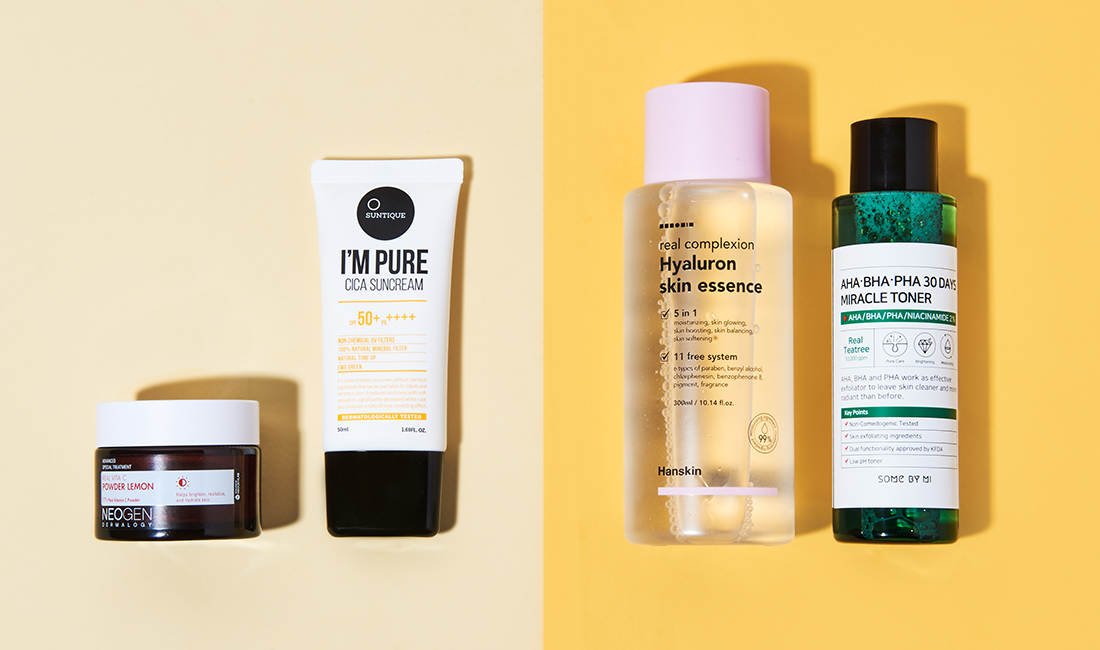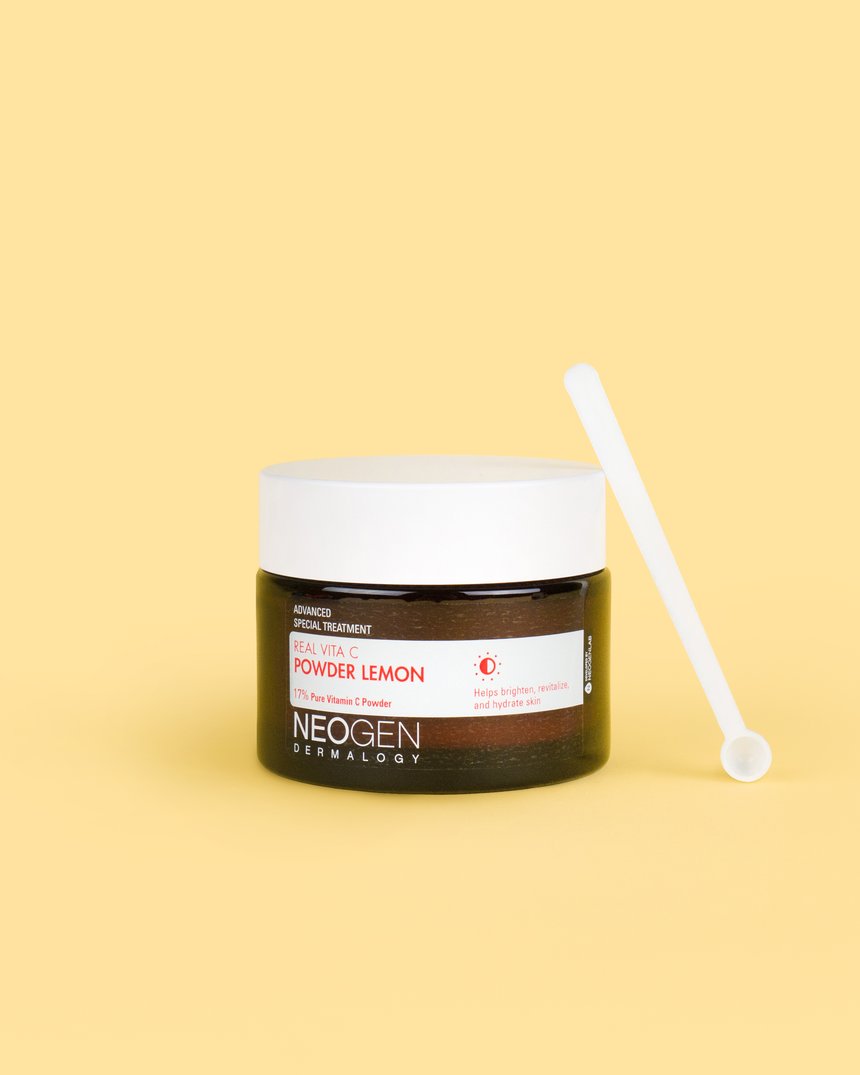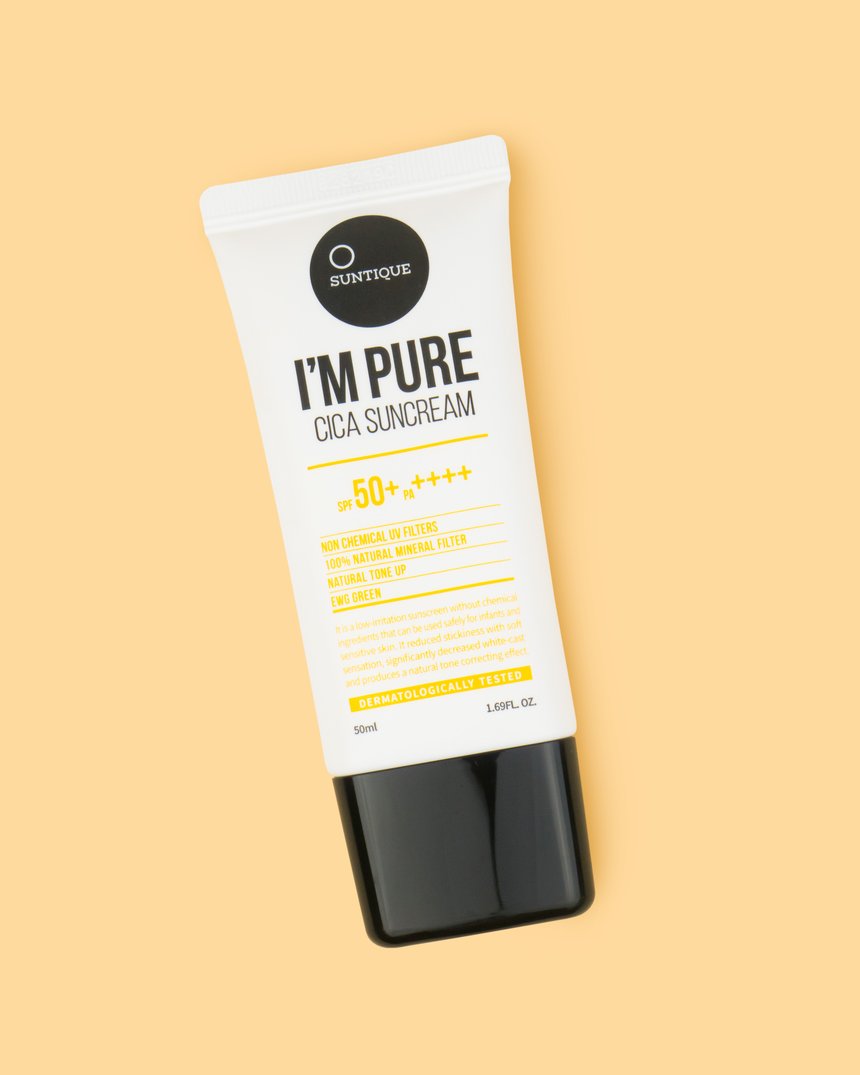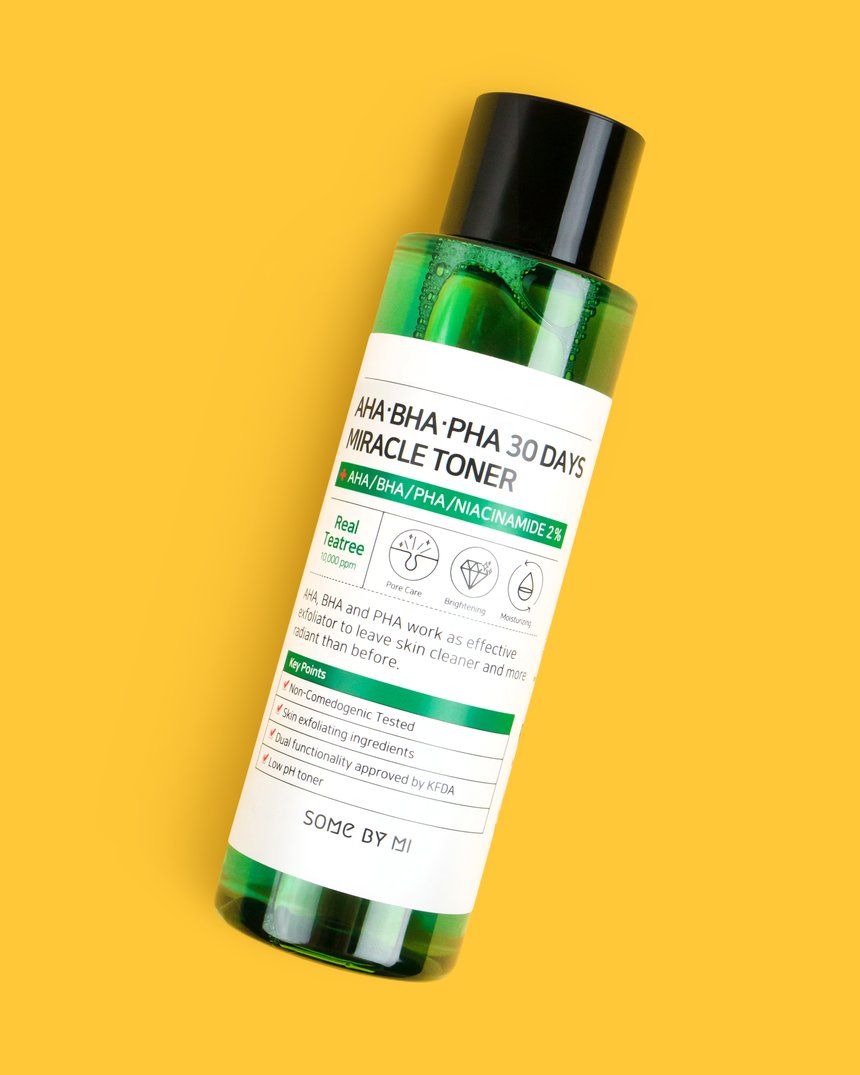We’ve explained what active ingredients are, how to choose the right one for your top skin concern, and at what age to start applying them. Here, we’re explaining which should be applied in the morning, and which are better applied at night.
Many aspects of skin care are pretty straightforward. For instance, you know when to wash your face, when to apply a toner, and when to slather on the old SPF. But when it comes to applying common active ingredients – which are chemical ingredients that actively impact the structure of your skin to target a specific concern – things can become a little more complicated. To help you figure out when to apply common active ingredients, refer to this handy cheat sheet we created just for you.
Your Morning Skin Care Routine
Whether you double cleanse your face in the morning or not, you ought to still apply a toner and any of your go-to moisturizing products (hyaluronic acid, for example, can be applied any time of day). There are also a couple active ingredients that are best utilized in the morning, as well. Those include the following:
Zinc oxide, Titanium Dioxide, and Other Key SPF Ingredients
Whatever your preferred sunscreen, it’s vital that you apply in the morning. Dermatologists recommend an SPF of 30 or higher, and that you re-apply every one to four hours depending on whether you’re indoors or outdoors, how much you’ve been sweating, and whether you’ve been exposed to water. Your SPF should be applied as the final step before your foundation or bb cream, and there are many sophisticated, lightweight formulations out there. Try the Suntique I’m Pure Cica Suncream and re-apply throughout the day with a sunscreen cushion compact, like this one.
Vitamin C
You can technically apply vitamin C at any time of the day, but you’ll maximize your mileage if you use it in the morning. This is because vitamin C is a potent antioxidant, meaning it shields your skin from free radicals that expedite signs of aging. Studies have even discovered that the impact of both sunscreen and vitamin C can be heightened when they’re applied together. Try the Neogen Real Vita C Powder Lemon, which contains 17% pure vitamin C and unlike serums, won’t oxidize.
Your Evening Skin Care Routine
We recommend a thorough double cleanse in the evening, followed by your favorite toner. Next, you can alternate the below active ingredients each night, followed by your moisturizing products.
Retinoids (Vitamin A)
Retinoids exfoliate skin and generate cell turnover, making it a heralded, well-studied go-to for anti-aging and acne. Retinoids can be applied morning or evening, but it’s generally best applied at night since the sun can break down the ingredient rendering it less potent. Vitamin C and retinol also shouldn’t be mixed, so it’s best to use one in the morning and one in the evening. Finally, applying at night allows you to combine your retinol with a heavier cream or balm, which can help reduce irritation. Those reluctant to use retinoids can instead try bakuchiol, a plant-based alternative with studies that demonstrate similar efficacy.
Alpha Hydroxy Acids (AHAs), like Glycolic and Lactic Acid
AHAs are also generally best reserved for nighttime use. This is because they don’t pair well with vitamin C (skin irritation is a common side effect) and because they can increase your skin’s sensitivity to the sun. It’s ideal to use an AHA only two to four times per week depending on the potency, and consistent usage brightens and tones your skin. It shouldn’t be combined with retinol. Try the Isntree Clear Skin 8% AHA Essence.
Hydroquinone
This lightening agent targets hyperpigmentation, including melasma, sunspots, and post-inflammatory hyperpigmentation (PIH) from acne and scarring. It can be used morning or evening, and many dermatologists actually recommend applying frequently throughout the day. However, we especially recommend applying this ingredient in the evening because studies demonstrate it pairs well with retinoids.
Beta Hydroxy Acids (BHAs) AKA Salicylic Acid
BHAs are an exfoliating ingredient that target acne and oily skin to improve clarity and texture. You should reserve BHAs for nighttime usage for the same reasons you do AHAs. AHAs and BHAs can even be combined (this might be too much for dry or sensitive skin types so patch test first) and many product formulations already do this for you, such as Some By Mi AHA-BHA-PHA 30Days Miracle Toner.
Benzoyl Peroxide
This acne-fighting active ingredient should also be restricted to nighttime use. This is because it shouldn’t be combined with vitamin C and because it causes photosensitivity.

















